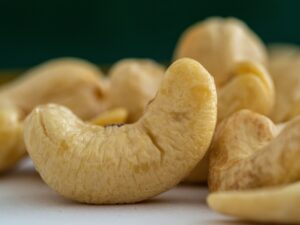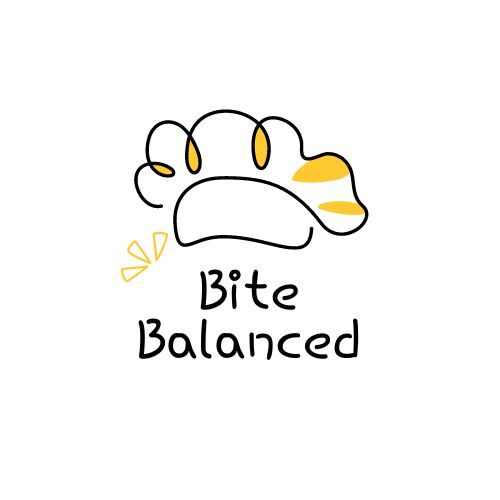– Omega 6 is like a cousin of Omega 3, but he starts to get annoying when you spend too much time with him
– Omega 6s are similar to omega 3s because they both are made up of long carbon chains, which technically everything is. But that’s where it ends. From here on out, Omega 6s and 3s go their own way cue cowboy sheriff music
– Like I said before, our brains need a lot of fat to be working properly, and Omega 6s are another one of those fat, but they’re not the IT fat
– Arachidonic acid (ARA) is a type of Omega-6 which makes up the cell membranes in our brain
– Quick detour, but we’ll get back in a second, more like an hour but who’s counting. Longer than usual but not too long paragraph warning!! Skip if low attention span is present.
– Synaptic plasticity is the brains ability to change and adapt connections. Synapses are like bridges between neurons and these bridges get stronger through practice. Synaptic plasticity is happening all the time, even as you’re reading this right now! Your brain is always forming new connections and strengthening existing ones based on your experiences and the things you learn.
– Longer than usual but not too long paragraph over
– ARA, along with other Omega-6s, regulate the strength of synapses and the release of neurotransmitters at synapses.
– Omega-6s are so very important for keeping a healthy brain and reducing inflammation in the body. BUT It is important to note that consuming too many Omega-6s can lead to an excess of pro-inflammatory signaling molecules called prostaglandins and leukotrienes.
– These pro-inflammatory molecules can lead to tissue damage, impaired organ function, and contribute to the development of cardiovascular disease, rheumatoid arthritis, and inflammatory bowel disease. Basically a lot of bad things that’s going to make living life harder than it is now.






